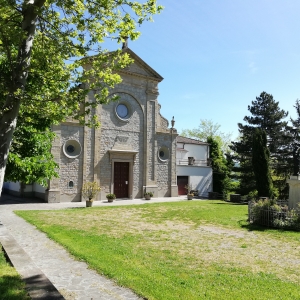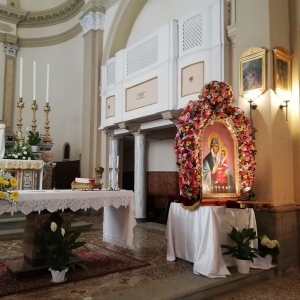
Santuario della Madonna di Lourdes
Monghidoro
Where:
Contacts
The origin of this place is very ancient, even if there is no definite information until 1223, when it appears to belong to the jurisdiction of the Municipality of Bologna and to the family of the Counts of Campeggio. The bell tower dates back to the early 1700s and the current religious building, dedicated to Saint Prospero, dates to the late 1800s. It is named after Our Lady of Lourdes because of a chapel, on the right side of the church. Here, in fact, the grotto of Massabielle of Lourdes in France is reproduced at actual size, work of a talented artisan from Bergamo, Guelfo Ravasio, who represents the Immaculate Blessed Virgin, Bernadette at her feet and the stream that recalls the miraculous spring of Lourdes. This peculiarity and the numerous testimonies of graces received in this place have made Campeggio so popular that it earned the name of "Little Lourdes Bolognese". Great merit for its current wealth of art works and valuable artifacts is due to Don Augusto Bonafè, parish priest of Campeggio between 1919 and 1944, who donated many own possessions to embellish the church. In 1923, returning from one of his pilgrimages to Lourdes, he decided to begin the faithful reconstruction of the cave. Campeggio has always been a place of great devotion to Mary. During the First World War, from 1915 to 1918, it became a daily destination for pilgrimages from both Bologna and Florence. There are several works outside the Sanctuary, statues, a Via Crucis leading to Mount Calvary built in 1936, the avenue of parish priests built in 1924, the avenue of remembrances built the following year, and an aqueduct. All the parishioners followed Don Augusto in this undertaking which today makes Campeggio one of the most important destinations for pilgrimages from the two cities.


